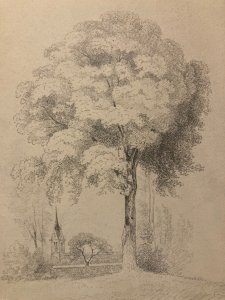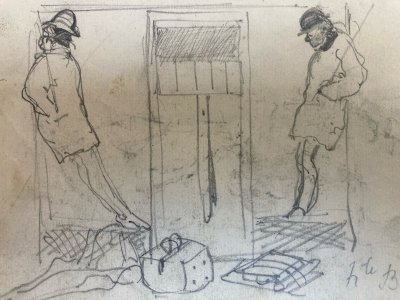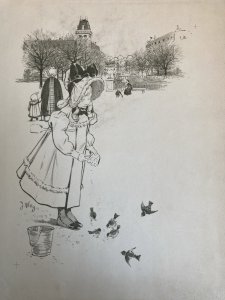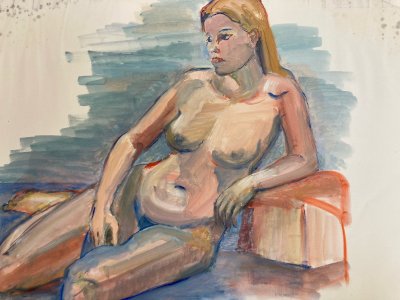- Sell Now
- Home
-
FURNISH
All STORAGE FURNITURE • Wardrobe • Chests of drawers, Chiffonnier • Sideboard • Shelves, Bookshelves • File cabinet • Sewing Furniture • Bar cabinet • TV Stand • Trunk, Chest TABLE & BEDSIDE TABLE • Dinner Table • Coffee table, side table, end table & Bedside • Console, Pedestal table & Selette • Serving Table, Trolley • Card Table • Draper's counter & table SEAT • Sofa • Armchair • Chair • Stool • Bench • Daybed • Beanbag & Footrest • Deckchair & Outdoor DESK, SECRETARY, DRESSING TABLE GARDEN LOUNGE BEDDING • Bed • Bedhead • Cradle, Moses basket CRAFT FURNITURE, WORKSHOP • Workbench • Stool, Ladder, Step • Easel & Trestle SCREEN PIANO
-
DECORATE
All TO PUT • Sculpture, Statuette • Vase & Planter • Dame Jeanne, Bonbonne & Flacon • Bridal globe, Dome • Pin tray, Ashtray • Candlestick & Candle • Photo frame • Stone, Fossil, Mineral • Earth Globe MIRROR WALL DECORATION • Painting • Engraving & Illustration • Poster • Tapestry • Wall Frame • Plate & Sign • Juju Hat & Wall Paniel • Mask • Hunting Trophy • Other object to hang CLOCK, PENDULUM & ALARM CLOCK ARRANGEMENT • Jar, Box & Case • Basket, Wastebasket & Crates • Magazine Rack & Vinyl Holder • Display & Spinner • Coat hook & Coat rack • Furniture Valet & Mannequin • Towel Holder • Suitcase & Travel Bag • Bottle Rack • Umbrella holder BATHROOM OFFICE • Mail holder • Bookends • Sulphide & Paperweight • Stationery FIREPLACE ACCESSORIES HOBBIES • Vintage Sport • Music • Vintage device • Smoking Item • Militaria, Ancient weapon • Miniature Vehicle • Game, Playing Cards • Collection object & Curiosity BIRD CAGE RELIGION, SPIRITUALITY
- TEXTURE
- ILLUMINATE
-
ACCOMODATE
All TABLE & SERVING • Plate • Silverware • Knife Holder • Glass • Bowl, Mug, Cup • Bowl, Ramekin & Cup • Dish, Cup & Salad Bowl • Tray, Basket & Server • Table Mat • Pitcher, Carafe, Bottle, Tea & Coffee Jug • Ice Bucket • Salt & Pepper shakers, Oil & Vinegar shakers • Sugar and jam maker • Gravy boat • Butter dish • Egg cup • Terrine OLD BALANCE CUTTING BOARD GRINDER CASSEROLE, SAUCEPAN & PAN KITCHEN UTENSIL & ACCESSORY
- TINKER
- KIDS
- Jewelry & Accessories
Login
Description
⸻ ?️ Description of the work This pencil drawing, signed J. Wély around 1900, illustrates a cooking or serving scene in a domestic or restaurant context. • At the center of the composition, a woman is seen in profile, facing to the right. She wears a long light dress and a black apron tied at the back. • She holds two pots or large cooking vessels in her hands, appearing focused on her task. • To the right, on a table, are several kitchen utensils: a teapot or coffee pot, a sugar bowl, and a pot with a long ladle. The graphic style remains true to Wély's: a lively, expressive line, a controlled economy of details, and a particular attention to postures. The woman's voluminous silhouette and hunched back evoke both the fatigue and routine of domestic work, while the objects on the table enhance the realistic and almost theatrical dimension. ⸻ This work, like others by Jacques Wély, reflects his interest in ordinary gestures, popular figures, and small scenes of daily life, often treated with discreet humor, even a hint of satire. ? Jacques Wély – Brief biography Jacques Wély was a French illustrator, caricaturist, and draftsman active in the late 19th and early 20th centuries. He distinguished himself through his regular contributions to satirical and illustrated press, particularly in newspapers such as Le Rire, L’Assiette au Beurre, and Le Figaro illustré. Wély was particularly known for his humorous genre scenes, often centered on the Parisian bourgeoisie, high society, artists, and employees. His lively and expressive line, combined with a keen observation of characters and attitudes, made him a graphic chronicler of his time, in the lineage of artists like Jean-Louis Forain or Charles Léandre. Died in 1910, Jacques Wély left behind a subtle and lively body of work, a valuable witness to French society during the Belle Époque. Type: Drawing Material: Pencil Genre: Art Deco Theme: Character
Réf :
#336566
Related Products
Comments
Pencil Drawing Paper 19th century kitchen, stove, pots, Art 1900 Jacques Wely
185€
31500 Toulouse
Ce site contient des liens d’affiliation pour lesquels je peux recevoir une compensation.
Description
⸻ ?️ Description of the work This pencil drawing, signed J. Wély around 1900, illustrates a cooking or serving scene in a domestic or restaurant context. • At the center of the composition, a woman is seen in profile, facing to the right. She wears a long light dress and a black apron tied at the back. • She holds two pots or large cooking vessels in her hands, appearing focused on her task. • To the right, on a table, are several kitchen utensils: a teapot or coffee pot, a sugar bowl, and a pot with a long ladle. The graphic style remains true to Wély's: a lively, expressive line, a controlled economy of details, and a particular attention to postures. The woman's voluminous silhouette and hunched back evoke both the fatigue and routine of domestic work, while the objects on the table enhance the realistic and almost theatrical dimension. ⸻ This work, like others by Jacques Wély, reflects his interest in ordinary gestures, popular figures, and small scenes of daily life, often treated with discreet humor, even a hint of satire. ? Jacques Wély – Brief biography Jacques Wély was a French illustrator, caricaturist, and draftsman active in the late 19th and early 20th centuries. He distinguished himself through his regular contributions to satirical and illustrated press, particularly in newspapers such as Le Rire, L’Assiette au Beurre, and Le Figaro illustré. Wély was particularly known for his humorous genre scenes, often centered on the Parisian bourgeoisie, high society, artists, and employees. His lively and expressive line, combined with a keen observation of characters and attitudes, made him a graphic chronicler of his time, in the lineage of artists like Jean-Louis Forain or Charles Léandre. Died in 1910, Jacques Wély left behind a subtle and lively body of work, a valuable witness to French society during the Belle Époque. Type: Drawing Material: Pencil Genre: Art Deco Theme: Character
Réf :
#336566
 English
English  Français
Français 


















